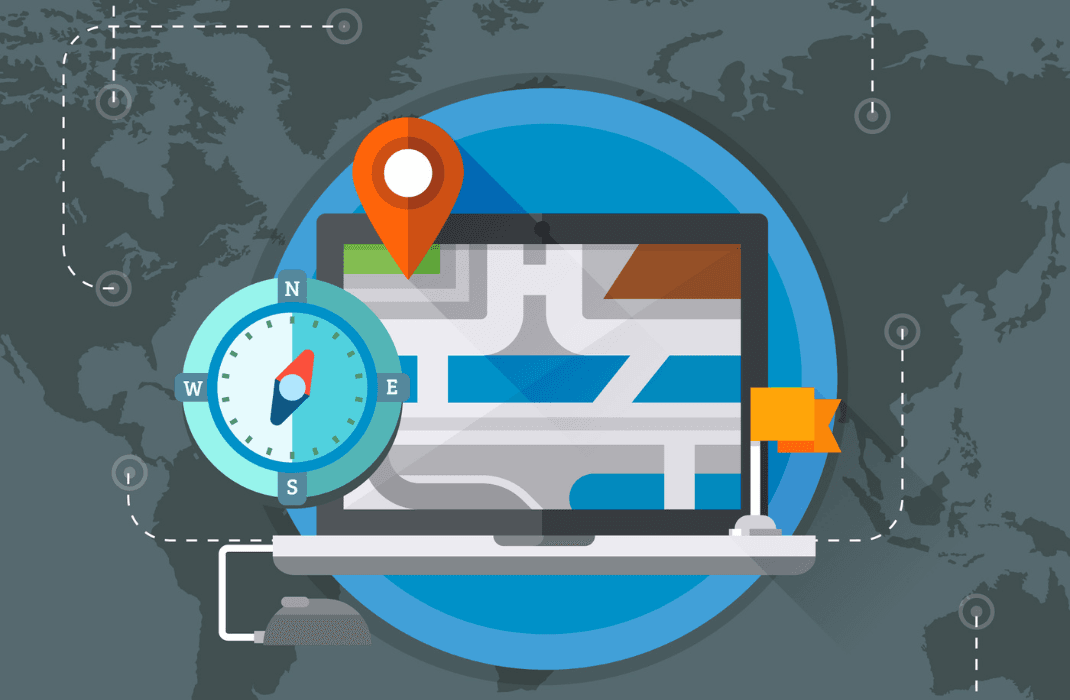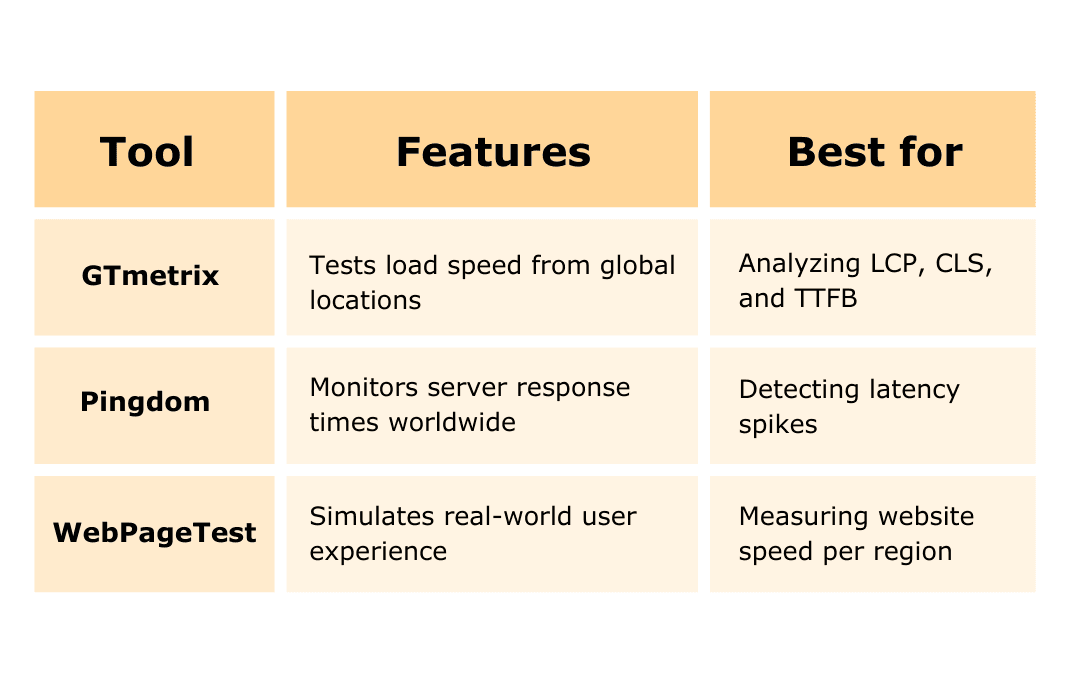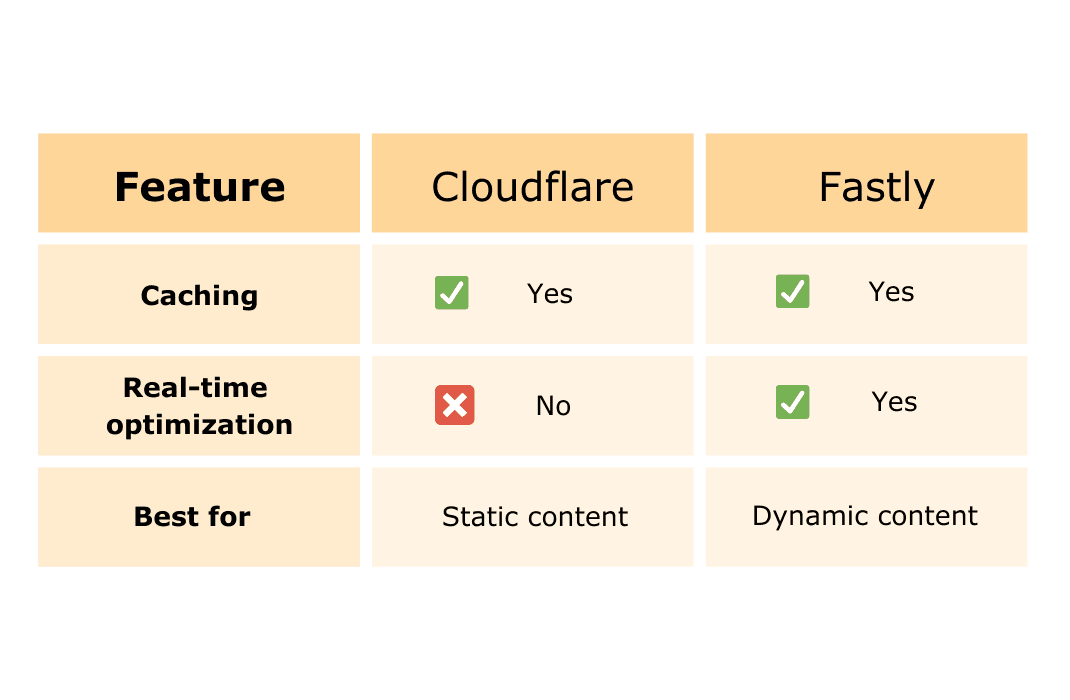1. Server response time & latency differences
One of the most significant factors influencing website speed testing by location is the distance between the server and the end user. The further the user is from the hosting server, the higher the latency, resulting in slower load times.
- How server location influences response time A website hosted in New York will load quickly for users in the U.S. but much slower for visitors in Australia due to longer data transmission times.
- Examples of latency differences between regions:
- U.S. to Europe: ~100ms latency
- U.S. to Asia: ~200-300ms latency
- Europe to Australia: ~250-400ms latency
How does server location affect website speed? Choosing the right hosting provider and regional data centers can minimize latency.
2. Network Infrastructure & ISP Variations
Regional Internet Service Providers (ISPs) and network infrastructure quality can further impact website performance monitoring across different countries.
- Regional bandwidth availability
- Developed nations (e.g., U.S., Germany, Japan) generally have higher bandwidth, ensuring faster website load times.
- Developing regions may have slower, congested networks, resulting in longer load times.
- ISP throttling and routing inefficiencies
- Some ISPs limit bandwidth for certain websites, further affecting global website performance monitoring.
3. The Role of CDNs in Speed Optimization
A Content Delivery Network (CDN) distributes website content across multiple global servers, reducing latency and improving load speeds for international users.
Best CDN providers for global websites:
- Cloudflare – Free and premium plans, great for static content caching.
- Fastly – Ideal for real-time caching and dynamic content delivery.
CDN for faster website performance is essential for businesses with a global audience.



